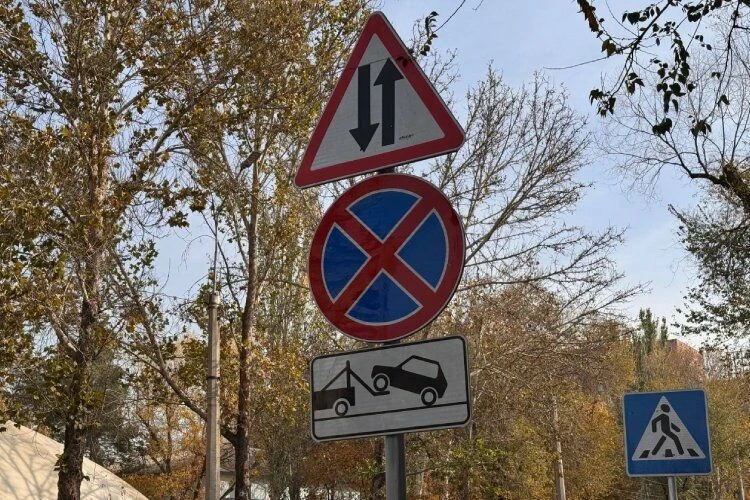This information was gathered by our correspondent, who studied the archival materials of Turmush.
- As previously reported by the city administration, in 1910, the first settlers arrived in Orlovka, and in 2010, the town celebrated its centenary.
According to archival data, until 1922, the village had only three streets, named in the order of their appearance: First, Second, and Third. In the 1930s, a Fourth street was added. The First street was considered the main one, where the village council, school, and later the kolkhoz administration were located. After the Great Patriotic War, the streets were renamed Frunze, Kirov, Lenin, and Moskovskaya, and in the eastern part of the village, another street was formed, named Kalinina, where deported Karachays and Chechens from the North Caucasus settled. In 1954, many of them returned to their historical homeland.
The village streets run parallel and extend from the southeast to the northwest, intersecting at right angles with alleys. The blocks are almost square in shape, and at that time, the alleys did not have their own names. Currently, two of them have become busier and received names — Pobedy and Nekrasova.
Among the old streets, the most well-maintained is Moskovskaya, paved with asphalt. Since early 1977, it housed the administration of the kolkhoz "Zavety Ilyicha," and later the office of the state farm after its transformation.
On Moskovskaya street, there are evening and eight-year schools, as well as shops and a bus stop. The other streets also began to be improved: Frunze street was asphalted in 1973, and Pobeda street in 1974.
Until 1969, Orlovka was divided into two parts: the eastern, rural part (to the east of Moskovskaya street) and the western, urban part. New streets to the west of Moskovskaya appeared as a result of the construction of the Kyrgyz Mining and Processing Plant (later the Mining and Metallurgical Plant), which began in 1949.
According to the decree of the Presidium of the Supreme Soviet of the Kyrgyz SSR dated February 5, 1969, the settlement was transformed into an urban-type settlement.
Among the new streets of Orlovka, the most developed and lively became Bystrovskaya, Tsentralnaya, and Kosiakova, where the management of the mining and metallurgical plant is located. Previously, it was housed in a one-story stone building, but in 1974, a three-story section was added. Nearby, there are shops, including a two-story "Voskhoд." In 1975, the construction of a two-story building on Bystrovskaya street was completed, which houses the post office, savings bank, and communication hub of the settlement.
On Bystrovskaya street, the main flow of vehicles goes from the village of Kashka to Bystrovka (now the city of Kemin) and further to Frunze, as well as from the state farm Kyzyl-Suu (formerly the kolkhoz "Komsomol") through Podgornoye (Lubzavod) to the city of Tokmok.
In the northern part of Tsentralnaya street, there is a bright three-story building of the secondary school, where the first bell rang in March 1964. A bit further west, there is a large park with a House of Culture, where a monument was opened in 1974 to the residents of Orlovka who died during the Great Patriotic War of 1941-1945. Further west, there are a hospital, outpatient clinic, pharmacy, and hotel.
In close proximity to these streets, there is a kindergarten for 280 places.
Facilities
Satellite
⛶











